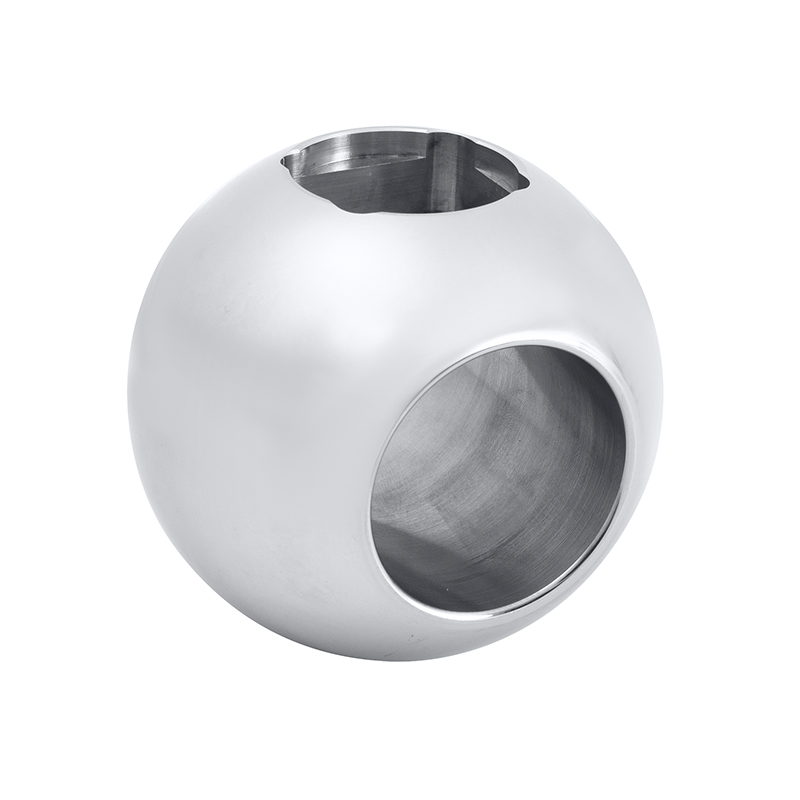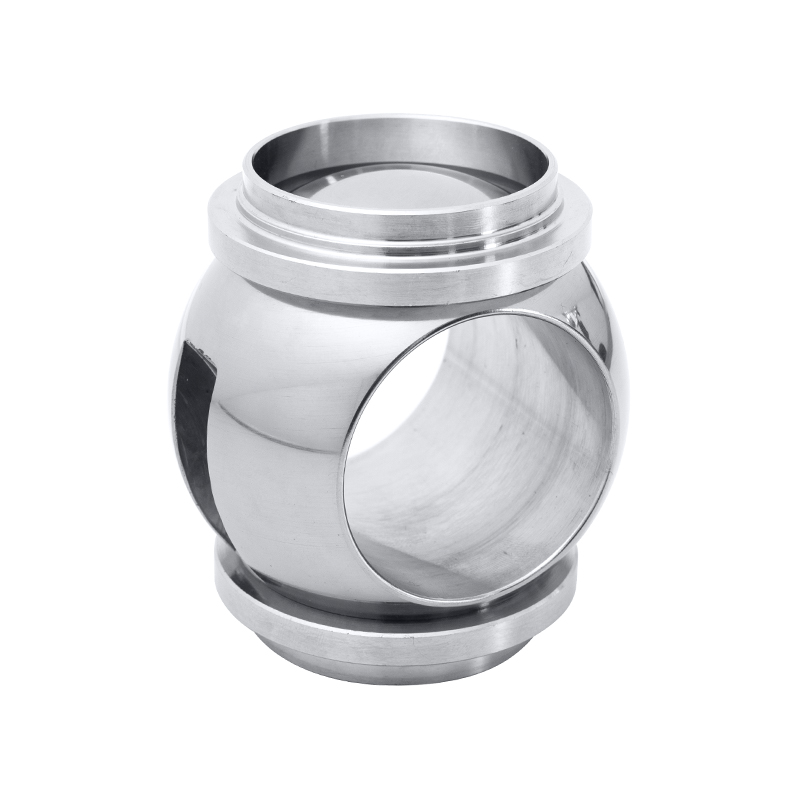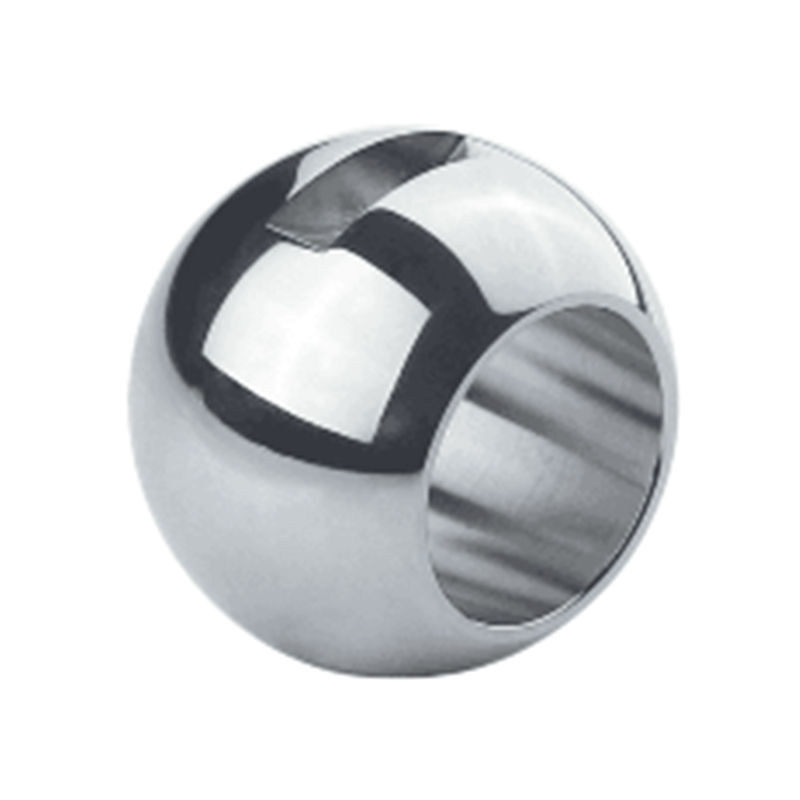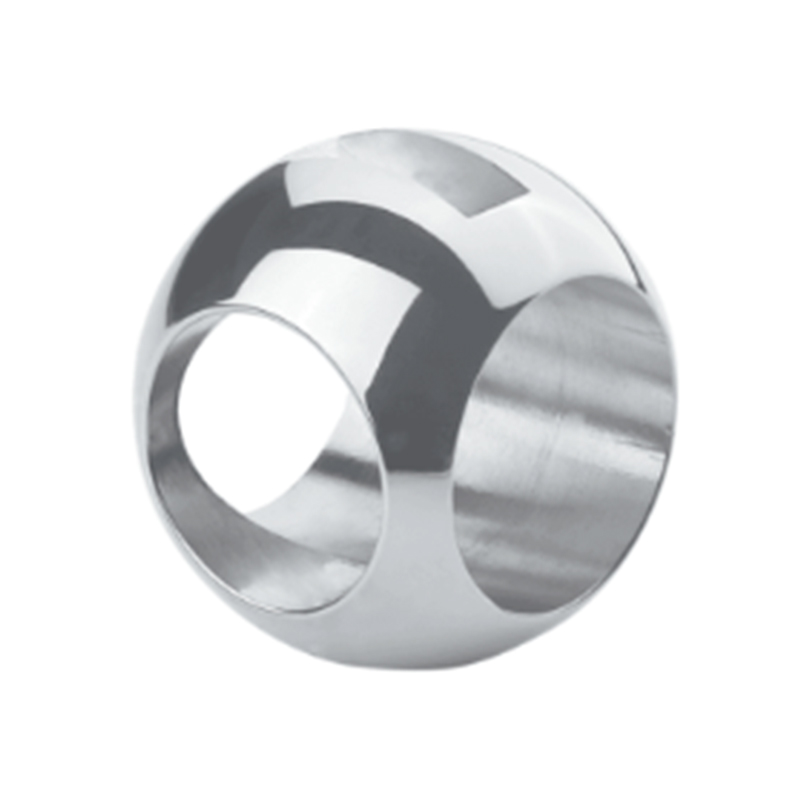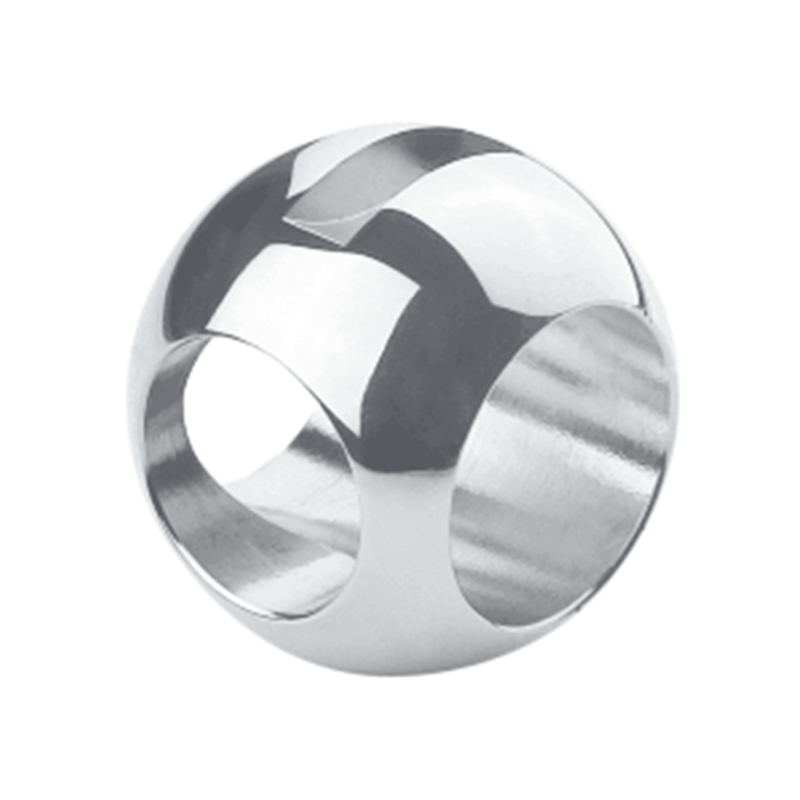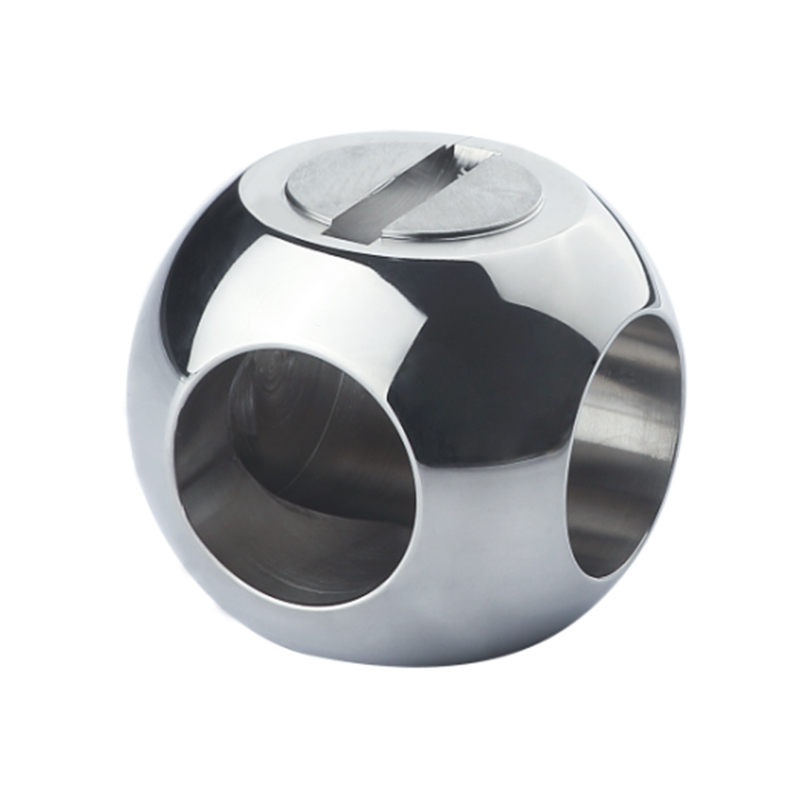Using valve solutions to prevent pollution and ensure safety is an important environmental and industrial practice. Here are some key points on how to use valves to achieve these goals:
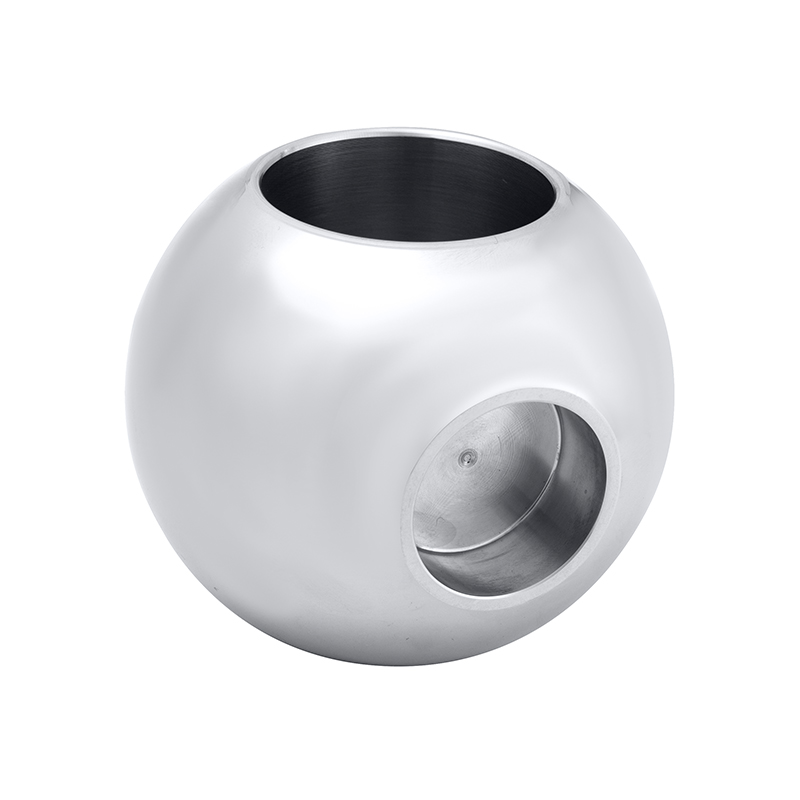
1. Choose the right valve type:
- Ball valve: Suitable for applications that require fast switching and precise flow control.
- Butterfly valve: Suitable for applications with large flow and low pressure drop.
- Gate valve: Suitable for occasions that require complete closure and long-term maintenance.
- Check valve: Used to prevent fluid reverse flow and protect system safety.
2. Material selection:
- Choose the right valve material according to the properties of the medium, such as corrosion resistance, wear resistance, high temperature resistance, etc., to ensure that the valve can work reliably in various environments.
3. Automation control:
- Use automated control systems such as PLC (Programmable Logic Controller) to achieve remote control and monitoring of valves to improve the safety and efficiency of operations.
4. Regular maintenance and inspection:
- Regularly inspect and maintain the valve to ensure its good sealing performance, prevent leakage, and reduce pollution.
5. Emergency shut-off system:
- Install emergency shut-off valves at key locations to quickly cut off fluid flow in the event of an accident to prevent the accident from expanding.
6. Leak detection:
- Use a leak detection system to monitor the sealing status of the valve to detect and deal with leakage problems in a timely manner.
7. Environmental adaptability:
- Ensure that the valve can adapt to harsh environments, such as bad temperature, humidity, corrosive media, etc.
8. Compliance:
- Comply with relevant industry standards and regulations to ensure that the valve solution meets environmental and safety requirements.
9. Training and education:
- Conduct regular training for operators to ensure that they understand the correct operation methods and emergency response measures of the valve.
10. System integration:
- Integrate the valve solution into the automation system of the entire plant or facility to achieve data sharing and process optimization.
Through these measures, the valve solution can be effectively used to prevent pollution and ensure safety. If you need more specific technical details or product recommendations, please provide more detailed application scenarios and requirements.
To further enhance pollution prevention and safety using valve solutions, it is crucial to consider the operational environment and fluid characteristics carefully. For example, gate valves are often favored in systems requiring reliable isolation because their design allows a tight seal when fully closed, less leakage, and environmental contamination risks. Their robust structure supports long-term maintenance cycles, which is beneficial in industries where valve failure could advance to significant safety hazards or pollution.
Check valves play a vital role in preventing backflow, which can otherwise cause contamination and system damage. By automatically allowing flow in one direction and blocking reverse flow, check valves help maintain system integrity and reduce the chance of hazardous spills or cross-contamination. This function is particularly important in chemical processing plants or wastewater treatment facilities, where fluid direction control is essential for environmental protection.
Additionally, the use of L type ball valves offers advantages in flow control and shut-off efficiency. Their angled design supports smooth fluid passage with reduced turbulence, which helps in precise flow regulation. This valve type can be integrated into automated control systems to provide remote operation and rapid response in emergencies, ensuring swift containment of leaks or spills.
Combining these valve types within a comprehensive system, alongside routine inspections and leak detection technology, can greatly improve environmental safety standards. Emphasizing proper installation, material compatibility, and operator training further strengthens the overall valve strategy, ensuring that safety and pollution prevention remain priorities throughout the lifecycle of industrial operations.

 English
English Español
Español Deutsch
Deutsch
